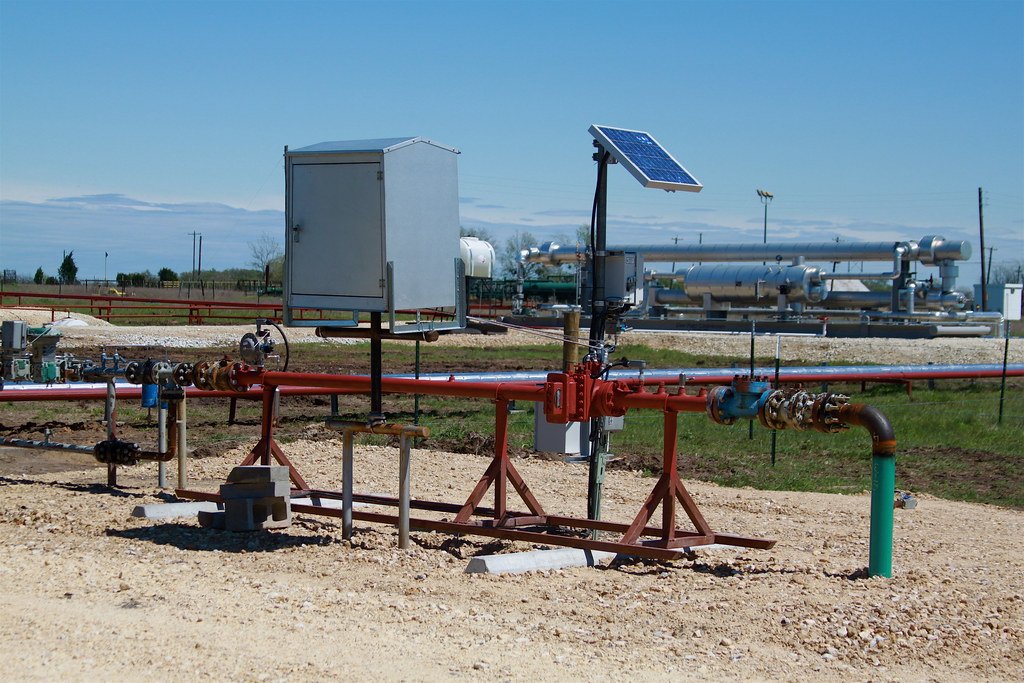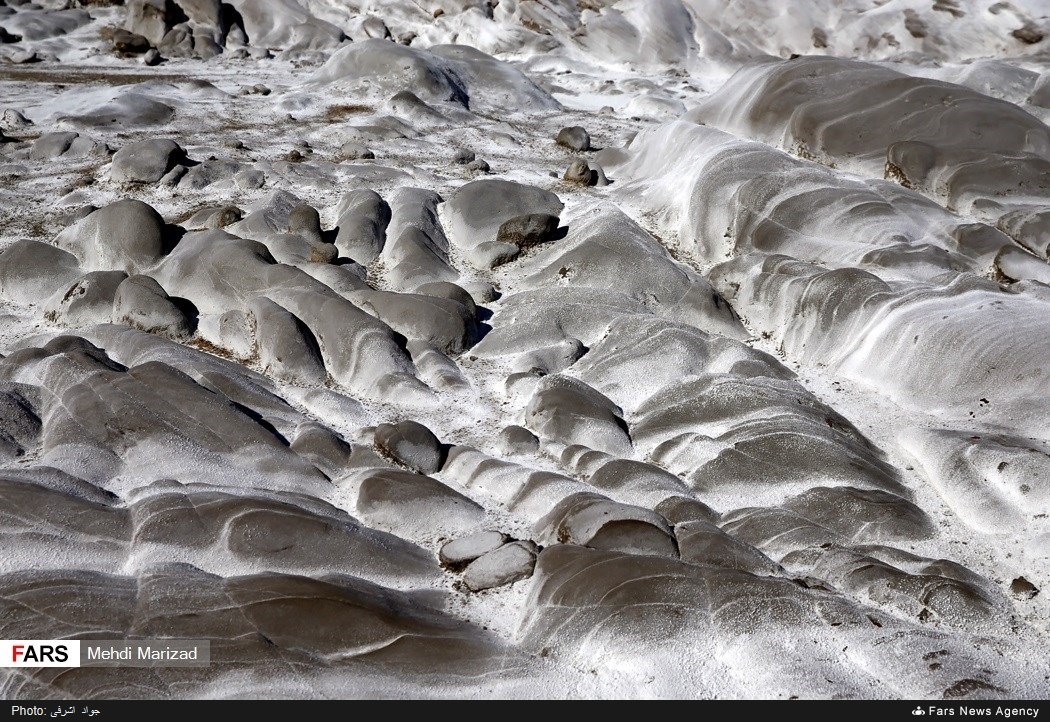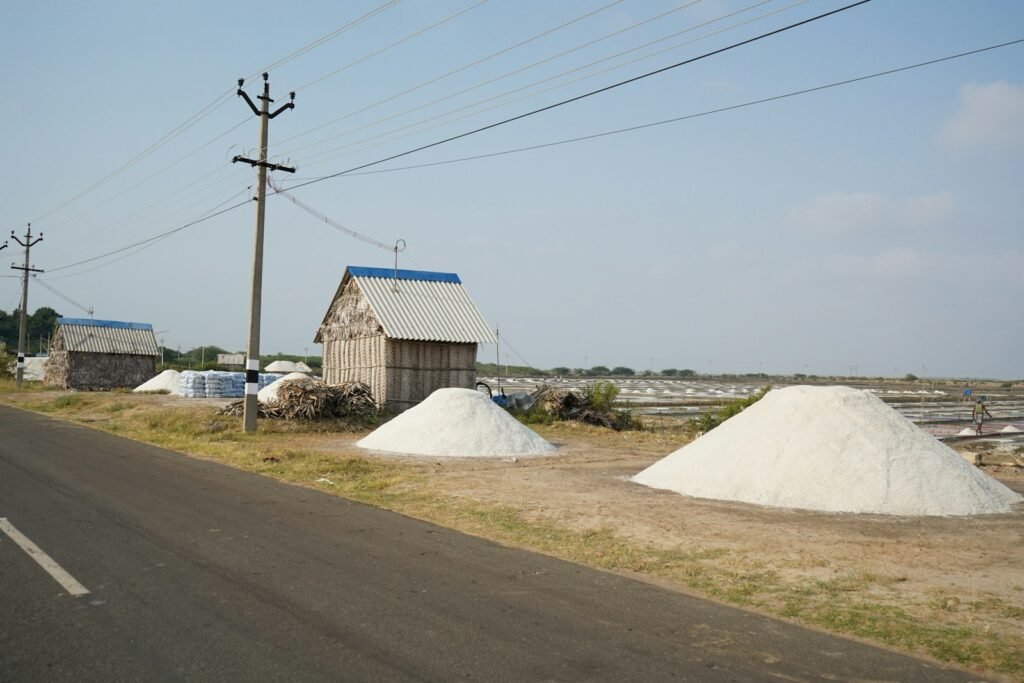Imagine standing on a sunny shore along the Gulf Coast, toes buried in warm sand, seagulls calling overhead. Now, picture that beneath your feet, not far below the surface, lies a twisting, colossal structure made of pure salt—soaring almost as high as a skyscraper, yet totally invisible. These underground giants, known as salt domes, are some of the most mysterious and awe-inspiring features of the American landscape. They’re like secret castles, sculpted by time and pressure, shaping life above in ways most of us never realize.
What Exactly Is a Salt Dome?

A salt dome is a massive, dome-shaped formation of salt that rises from deep underground. Imagine a gigantic bubble of salt, slowly pushing its way up through layers of rock and sediment, warping everything above it. These structures can be hundreds—or even thousands—of feet tall. They form over millions of years, as thick deposits of ancient sea salt buried by other rocks are squeezed and forced upward due to their buoyancy. To geologists, salt domes are like a natural puzzle, offering clues about Earth’s deep past and the forces that shape our world.
The Birth of Salt Domes: How Do They Form?

Salt domes begin with the evaporation of ancient seas, often dating back over 100 million years. As the waters disappeared, thick beds of salt, called “evaporites,” were left behind. When additional layers of mud, sand, and sediment piled on top, the weight began to squeeze the salt. Since salt is less dense and more flexible than most rocks, it starts to flow—slowly but surely—like taffy under pressure. Over millions of years, the salt pushes upward, folding and bending the overlying layers, and eventually forming the dramatic domes hidden beneath the Gulf Coast.
Where Are Salt Domes Found on the Gulf Coast?

Salt domes dot the coastline from Texas to Louisiana, with more than 500 known domes beneath the region. Some of the most famous are found near Houston and along the bayous of southern Louisiana. The town of Avery Island, for example, sits atop a massive salt dome, and is famous not only for its geological marvel but also as the birthplace of Tabasco sauce. Off the coast, underwater salt domes—known as “subsalt” structures—shape the seafloor and influence the Gulf’s unique marine habitats.
The Unseen Giants: What Do Salt Domes Look Like Underground?

Beneath the surface, a salt dome looks like a gigantic, rounded mountain of gleaming, white salt. If you could carve away the earth, you’d see it bulging upward, distorting the layers above. Some domes are so big they could swallow an entire city block. Surrounding rocks bend and crack as the salt pushes through, creating a chaotic jumble of shapes and fractures. Oil companies use seismic imaging to “see” these hidden mountains, mapping their size and shape with sound waves—like taking an ultrasound of the Earth.
Why Are Salt Domes Important for Oil and Gas?

Salt domes are treasure chests for the oil and gas industry. As the salt rises, it bends surrounding rocks into traps where oil and natural gas can collect. These traps act like natural vaults, locking in valuable hydrocarbons for millions of years. Some of the Gulf Coast’s biggest oil and gas fields were discovered by following the signs of salt domes. Without them, the region’s energy fortunes would look very different. Even today, geologists hunt for new domes, hoping to unlock the next big find.
Salt Domes as Natural Storage Vaults

Salt domes are more than just oil traps—they’re also nature’s perfect storage bins. Engineers drill into the domes and dissolve the salt with water, creating huge underground caverns. These empty spaces are then used to store everything from natural gas and oil to helium and even radioactive waste. The thick, solid salt acts like a fortress, keeping whatever’s inside safely sealed off. In times of emergency, these storage sites can release or absorb fuel, helping to stabilize the nation’s energy supply.
Avery Island: A Salty Icon

Avery Island in Louisiana is perhaps the most famous salt dome in America. It’s not only a geological wonder but also home to the world’s only Tabasco pepper sauce factory. The island’s massive salt deposit was first mined during the Civil War, supplying salt for Confederate soldiers. Today, visitors can tour its lush gardens and mysterious salt caverns, making it a unique blend of natural history and spicy culinary tradition.
Salt Domes and the Gulf’s Unique Ecosystems

Salt domes don’t just hide below the ground—they shape life above it, too. Their presence can create raised landforms that rise above marshy wetlands, forming “islands” of higher, drier ground. These spots become refuges for plants and animals, supporting rare habitats found nowhere else in the region. Even underwater, salt domes create hard surfaces on the seafloor where coral and other sea life can thrive, forming miniature oases in the deep.
Salt Domes in Human History

Humans have relied on salt domes for centuries. Native peoples collected salt from springs and seeps around the domes long before Europeans arrived. During wars and blockades, the domes became crucial sources of salt for preserving food. In the modern era, salt mining boomed, with entire communities springing up around these underground riches. The story of salt domes is woven into the fabric of Gulf Coast life, from ancient times to today.
The Science Behind the Salt: What Makes Salt Domes Special?

Salt is a strange substance—soft, sticky, and surprisingly mobile under pressure. Unlike most rocks, it flows and bends instead of shattering. This quality allows it to pierce through the Earth’s crust, even against incredible odds. Scientists study salt domes to learn about fluid dynamics, rock deformation, and even the movement of Earth’s tectonic plates. Every dome is a laboratory, offering insights into the hidden forces at work below our feet.
Risks and Hazards: When Salt Domes Collapse

While salt domes are usually stable, they can pose risks if disturbed. Drilling or mining too aggressively can weaken the structure, causing sudden collapses known as sinkholes. In some cases, entire ponds or buildings have vanished overnight as the ground gave way. These dramatic events remind us that the world beneath is always shifting, and that caution is needed when working with such powerful natural features.
Salt Domes and Groundwater

The thick, impermeable salt of a dome can block the movement of groundwater, creating unusual patterns of springs and seeps at the surface. Sometimes, salty water bubbles up around the edges of a dome, turning nearby soils into briny marshes. This can affect farming and drinking water, forcing communities to adapt. Yet these salty springs also attract unique plants and animals, adding to the region’s ecological diversity.
Salt Domes from Space: A Bird’s-Eye View

From high above, some salt domes can be spotted as subtle bumps or rings in the landscape. Satellite imagery and aerial photography help scientists map the domes’ size and location, revealing hidden patterns that stretch for miles. These tools are also used to track changes in the domes and monitor for signs of collapse or environmental impacts. It’s a reminder that even the most secretive features can leave a mark visible from the sky.
Salt Domes as Geological Time Capsules

Salt domes sometimes trap pockets of ancient air, water, or even fossils deep within. These tiny bubbles act like time capsules, preserving glimpses of environments that vanished millions of years ago. By analyzing these samples, scientists can reconstruct past climates and learn how Earth has changed over time. It’s as if the domes are whispering stories from the distant past, just waiting to be unlocked.
Modern Challenges: Balancing Resources and Conservation

Today, salt domes face new challenges. Intensive mining, oil drilling, and the push for underground storage can threaten the domes’ stability and surrounding ecosystems. At the same time, these resources support thousands of jobs and fuel local economies. Balancing economic needs with environmental protection is a delicate dance, requiring careful planning and respect for the hidden world below.
Salt Domes in Popular Culture and Imagination

Salt domes have inspired legends and stories for generations. Some locals tell tales of lost treasure hidden in their depths, while others speak of mysterious lights or unexplained noises rising from the ground. Writers and filmmakers have used salt domes as the backdrop for adventure and intrigue, drawn to their sense of mystery and hidden power. There’s something almost magical about the idea of a giant mountain of salt just beneath our feet, shaping our world in silence.
The Future of Salt Domes: Discovery and Wonder

As technology advances, scientists continue to discover new secrets about salt domes. Researchers are exploring ways to use these structures for safer energy storage, carbon capture, and even as models for studying other planets. Each new finding deepens our appreciation for these hidden giants. Standing on the Gulf Coast, it’s humbling to think that we’re just scratching the surface of what lies below—and that the next big discovery might be waiting, just out of sight.
Salt domes are more than just geological oddities—they’re silent architects of the Gulf Coast, shaping everything from oil fields to ecosystems and even the stories we tell. Their true scale and beauty remain hidden, challenging us to look deeper and wonder: What other secrets lie beneath our feet?



